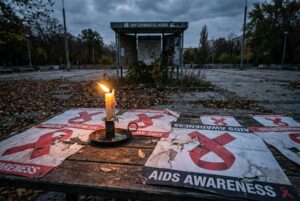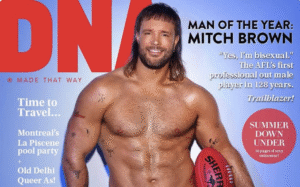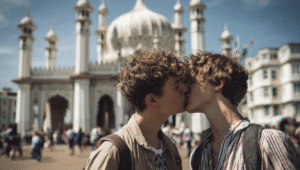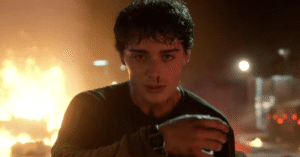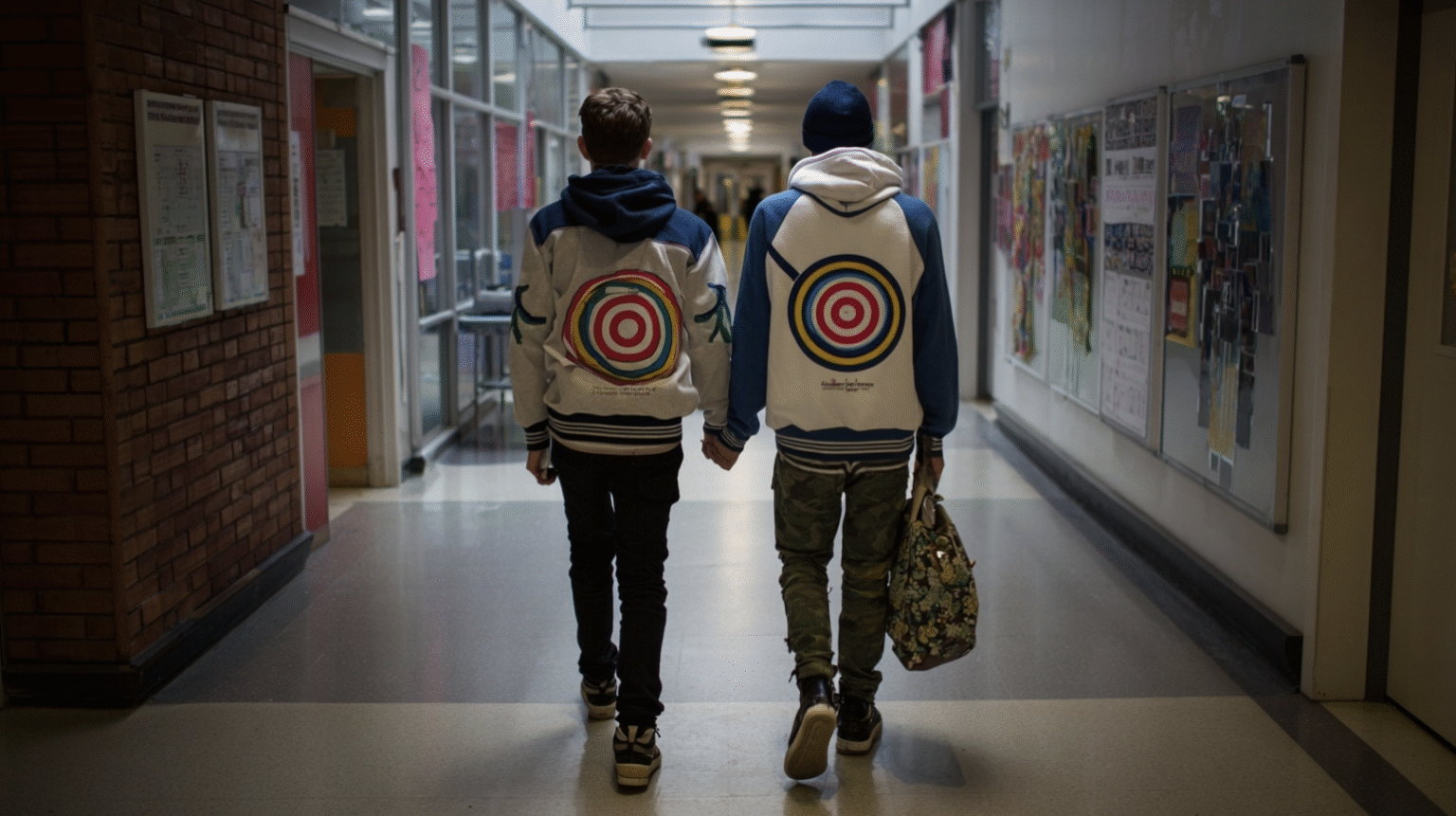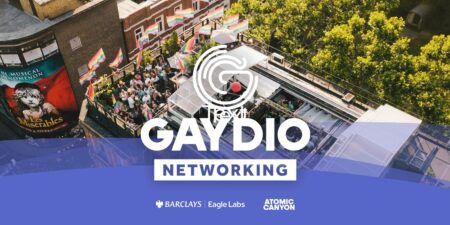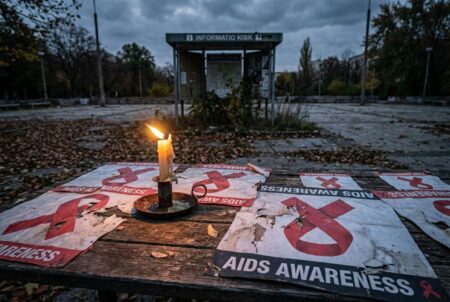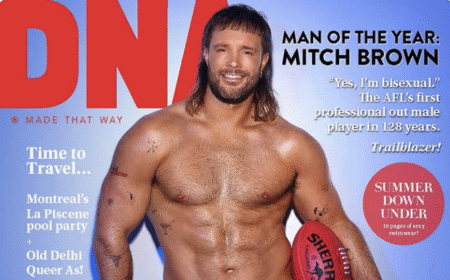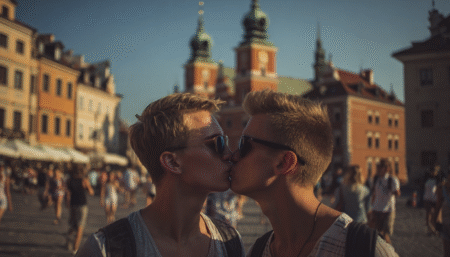Recent data shows an alarming disparity in experiences of sexual harassment and violence among LGBTQ+ students compared to their straight peers, particularly in educational settings. A report by the Office for Students highlights that nearly half (46.6%) of lesbian, gay, or bisexual students in higher education have faced sexual harassment, more than double the 21.7% reported by heterosexual students. These students are also more than twice as likely to experience sexual assault or violence, with 29.8% affected compared to 12% of heterosexual students.
These figures echo broader trends documented by health and civil rights organisations in the United States. The Centers for Disease Control and Prevention (CDC) has reported that 9.4% of gay, lesbian, and bisexual students nationwide have been threatened or injured with a weapon on school property, markedly higher than 5.4% among heterosexual students. The disparity is especially pronounced among lesbian and bisexual female students, who experience a prevalence of 7.4%, compared to 3.6% for their heterosexual counterparts.
Additional CDC research paints an even grimmer picture for younger LGBTQ+ students, showing that 18% of lesbian, gay, and bisexual high school students report being physically forced to have sexual intercourse, compared with 5% of heterosexual students. Similarly, sexual dating violence affects 23% of LGB students versus 9% of heterosexual students, underscoring the heightened vulnerability of this group in their formative years.
The American Civil Liberties Union (ACLU) further emphasises the hostile environments many LGBTQ+ youths endure. In Massachusetts, nearly one-third of gay teens have been threatened with weapons at school, compared to 7% of heterosexual students. The pervasiveness of verbal abuse is stark, with over 90% of LGBT youth reporting hearing homophobic comments regularly, and nearly half experiencing sexual harassment.
National advocacy groups have characterised this pattern as a hidden crisis. The Center for American Progress notes that 73% of LGBT students report sexual harassment, contrasted with 61% of their non-LGBT peers, with contact sexual harassment reported by 44% of LGBT students versus 31% of non-LGBT students. The report also highlights a disturbing lifetime prevalence of rape, affecting nearly half of bisexual women and about one in eight lesbian women.
Studies also expose higher harassment rates among students with diverse gender and sexual identities. Research published in LGBT Health shows that 13.7% of genderqueer or nonconforming college students report harassment, a rate significantly higher than their cisgender peers. Students identifying with multiple sexual orientations also face elevated harassment rates, with 14.9% reporting such experiences—higher than all except lesbian and bisexual groups.
Source: Noah Wire Services


